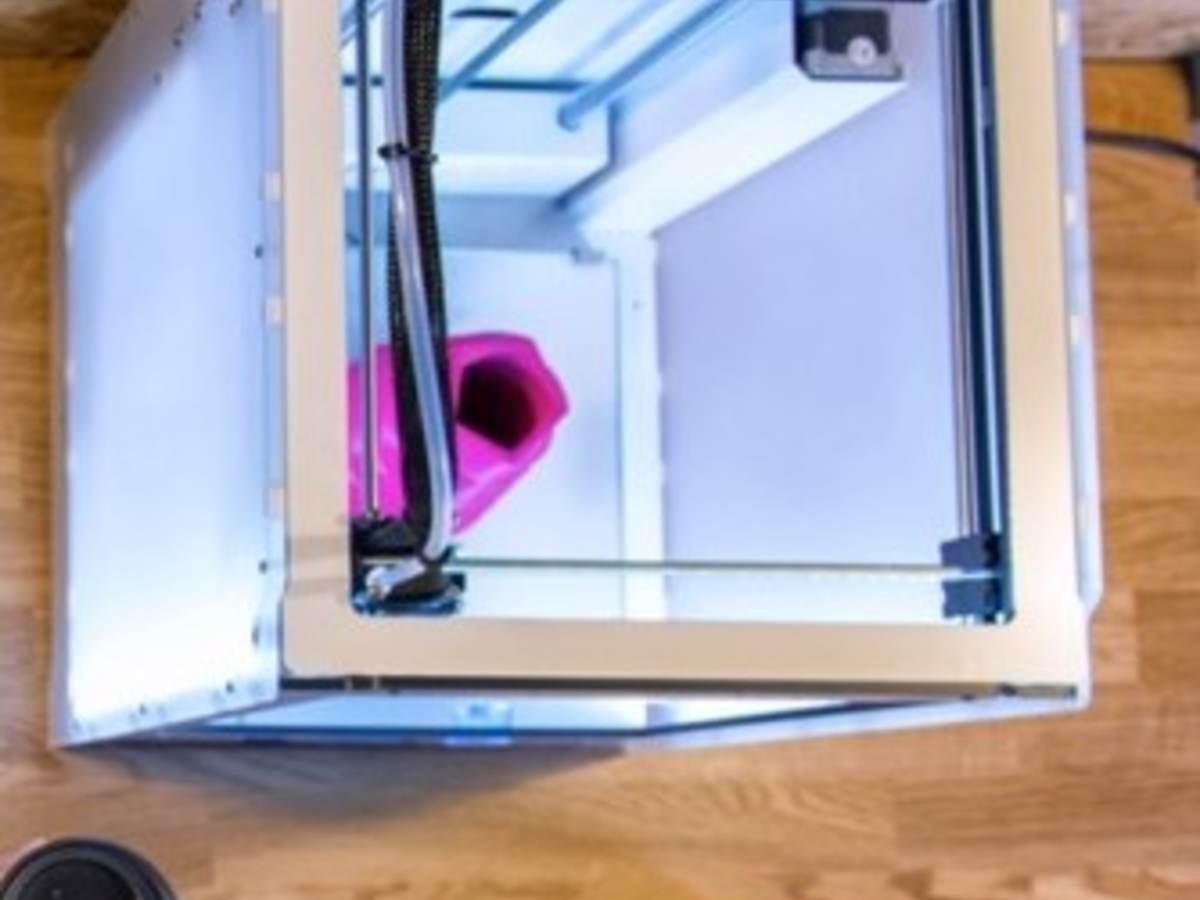February 25, 2019
Certain 3D printers are increasingly being marketed to consumers for use in homes and schools. However, with dozens of filament types and a process that can release high levels of volatile organic compounds (VOCs) and particles into the air during use and it’s important to consider the human health impact from operating these devices.
To help manufacturers demonstrate that 3D printers for consumers do not emit harmful chemicals into indoor air, UL now offers GREEGNUARD Certification for non-industrial 3D printers. Based on UL 2904, a Standard Method for Testing and Assessing Particle and Chemical Emissions from 3D Printers, the first 3D printer standard of its kind, the program is designed to accurately measure particulate and chemical emissions using dynamic environmental chambers and state-of-the-art analytical methods. The standard also includes allowable emissions rates to evaluate whether the emissions could cause harm to users. GREENGUARD Certification is awarded to printers and printing materials that demonstrate emissions below the stringent emissions limit in the UL 2904 standard
With GREENGUARD Certification, manufacturers of 3D printers can clearly demonstrate that their products offer low chemical emissions. In addition, GREENGUARD helps purchasers easily select products that support good indoor air quality.
For more information on certification please contact us at environment@ul.com

